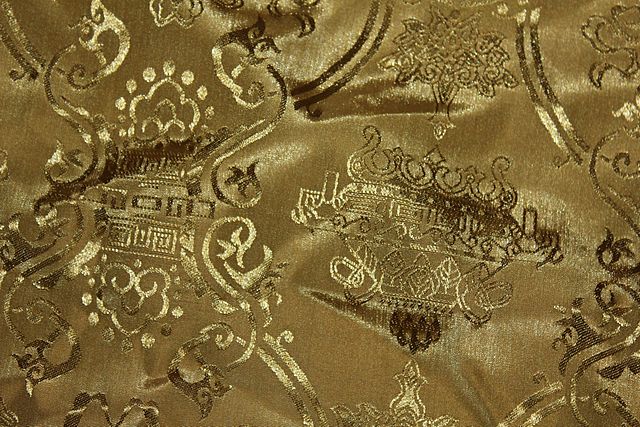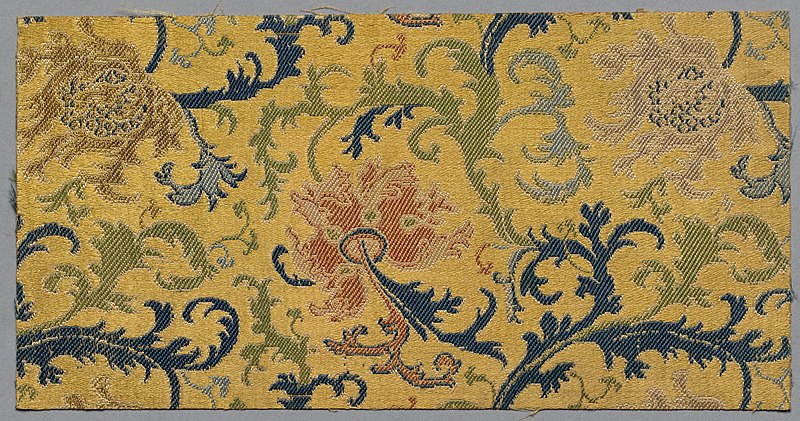
Thammasat University students interested in history, political science, international affairs, art history, curatorship, China studies, and related subjects may find it useful to participate in a free 30 November Zoom lecture on Ting Yin Yung, Pierre Ryckmans and Australia.
The event, on Wednesday, 30 November 2022 at noon Bangkok time, is presented by the University Museum and Art Gallery, The University of Hong Kong (HKU).
The TU Library collection includes books by the author Pierre Ryckmans, who published under the pen name Simon Leys.
The speaker will be Associate Professor Claire Roberts, who teaches art history and curatorship at the School of Culture and Communication, University of Melbourne, Australia. The event will be hosted by Dr. Florian Knothe, director of the University Museum and Art Gallery, HKU.
Students are invited to register for the event at this link.
Here is the abstract for the lecture:
This talk will consider the friendship between Belgian born art historian and sinologist Pierre Ryckmans (1935–2014) and the Hong Kong based artist Ting Yin Yung (1902–1978) and the important role that Ting’s approach to art played in the development of Ryckmans’ understanding of brush and ink painting and transcultural artistic practice more generally. The two men were colleagues at the New Asia College, Hong Kong, in the 1960s, prior to Ryckmans’ departure in 1970 to take up an academic position at the Australian National University. They reconnected in Melbourne in 1976 at an exhibition Ryckmans helped organise, one of four successful exhibitions held at East & West Art gallery.
Ting Yin Yung belonged to the first generation of Chinese artists to explore new expressions and absorb Western concepts, such as Impressionism, Fauvism and Abstract Expressionism which he was exposed to during his studies at the Tokyo Fine Arts School from 1921 to 1925. After returning to China, he continued to develop his oil painting skills and established art societies with like-minded artists, such as Chen Baoyi, Guan Liang, Chen Shuren, Gao Jianfu, and Ni Yide, to promote new and progressive artistic visions. In 1928, he participated in the preparatory work for the Guangzhou Municipal Museum(currently Guangzhou Museum) and remained there for a long time. During this period, he learned about traditional Chinese paintings, calligraphy and antiquities and became interested in the paintings of Bada Shanren and Shi Tao, which inspired Ting to start painting in the traditional shuimo (ink) style. After settling in Hong Kong in 1949, he continued to paint in both oil and ink paintings. Most notably, he incorporated ancient scripts, such as those found in oracle bones, into his oil paintings, thereby developing his own unique artistic language. In the nation’s quest to modernize Chinese art, Ting was one of the first to realize that for any new art to be truly transformative, one needed to draw upon the modern elements inherent in Chinese traditional art. With this in mind, he took up seal carving that draws upon the modern, at times minimalist, elements of both Eastern and Western traditions.
Ting was deeply committed to art education, playing an active role in the art circles in Shanghai, Guangzhou and Chongqing, and teaching in several public and private schools, including Zhonghua University of Fine Arts, Guangzhou Municipal Art School, National Art School and Guangdong Provincial College of Art. His participation in the establishment of the Guangzhou Municipal Museum, the first public museum in Southeast China, was no less rigorous. In Hong Kong, Ting continued this engagement with art education through teaching, exhibitions and the nurturing of young artists. In 1957, together with Chen Shih Wen, Ting founded the Fine Arts Specialized Training Program at the New Asia College (now the Department of Fine Arts at the Chinese University of Hong Kong) where he taught until his retirement in 1987. His students during this period include, among many, Mayching Kao and Mok E-den, who played key roles in introducing and promoting Ting’s art. His paintings have been exhibited in Japan, France, Taiwan, Singapore, Malaysia, Indonesia, Thai, the United States, Italy, Australia and Canada, allowing an international audience to better understand how traditional Chinese art can inform and enhance Chinese modern art.

Pierre Ryckmans, better known by his pen name Simon Leys, was a Belgian-Australian writer, essayist and literary critic, translator, art historian, and sinologist who lived in Australia from 1970. His work particularly focused on the politics and traditional culture of China, calligraphy, French and English literature, the commercialization of universities, and nautical fiction. He was one of the first intellectuals to criticize the Cultural Revolution in China and the idolizing of Mao in the West.
Following his publisher’s advice, he decided to assume a pen name to avoid being banned from visiting the People’s Republic of China.
Ryckmans was also a translator of Chinese literature, such as the Analects of Confucius.
When he died in 2014, The Guardian observed:
The Belgian author and scholar of China Pierre Ryckmans, who has died aged 78 of cancer, was more widely known under his pen name of Simon Leys. His diary dissecting Maoism and the cultural revolution, Les Habits Neufs du Président Mao (The Chairman’s New Clothes, 1971), echoed the title of the Hans Christian Andersen fable and made its thesis plain in its first few words. The cultural revolution, he said, had nothing revolutionary about it except the name and nothing cultural about it except the initial tactical pretext: “It was a power struggle waged at the top between a handful of men and behind the smokescreen of a fictitious mass movement.”
This pioneering attack on the cultural revolution and its associated mythology did not initially create a great stir, even in France, where the cult of Mao had reached rare heights. Le Monde gave it a brief and condescending mention, saying that, while some facts were accurately reported, there were mistakes and information that could not be checked. Sources, it said, were not usually quoted and the author clearly had no experience of that of which he spoke. Others were less charitable, accusing Ryckmans of being a CIA agent, and the book became steadily more controversial, the more so when a later volume, Ombres Chinoises (1974, translated as Chinese Shadows, 1976), appeared, in which Ryckmans made plain his contempt for the gullible but ignorant self-appointed sinophiles who were treated to visits to China during which they were shown nothing of the real life of the masses with whom they felt such empathy.
Born in Brussels, he studied law and art history at the Catholic University of Louvain. His contact with China began when he was 19, one of a delegation of young Belgians invited to the country on a trip that included a meeting with Zhou Enlai, the premier under Mao. As he put it: “My overwhelming impression (a conclusion to which I remained faithful for the rest of my life) was that it would be inconceivable to live in this world, in our age, without a good knowledge of Chinese language and a direct access to Chinese culture.”
To that end, he spent 12 years in the far east, in particular Taiwan, Singapore and Hong Kong, where he became an acknowledged expert on Chinese painting, calligraphy and poetry. In Hong Kong he monitored the Chinese press on behalf of Belgian diplomats. He was invited to teach at the Australian National University in Canberra in 1970, and adopted his pen name for his first book so that he would be able to re-enter China. In 1972, he was given a six-month attachment to the Belgian embassy in Beijing, an experience that provided the material for Chinese Shadows. But then a fellow sinologist identified Simon Leys as Ryckmans, thereby ruling out any further return to the country whose culture and people he venerated…

(All images courtesy of Wikimedia Commons)
